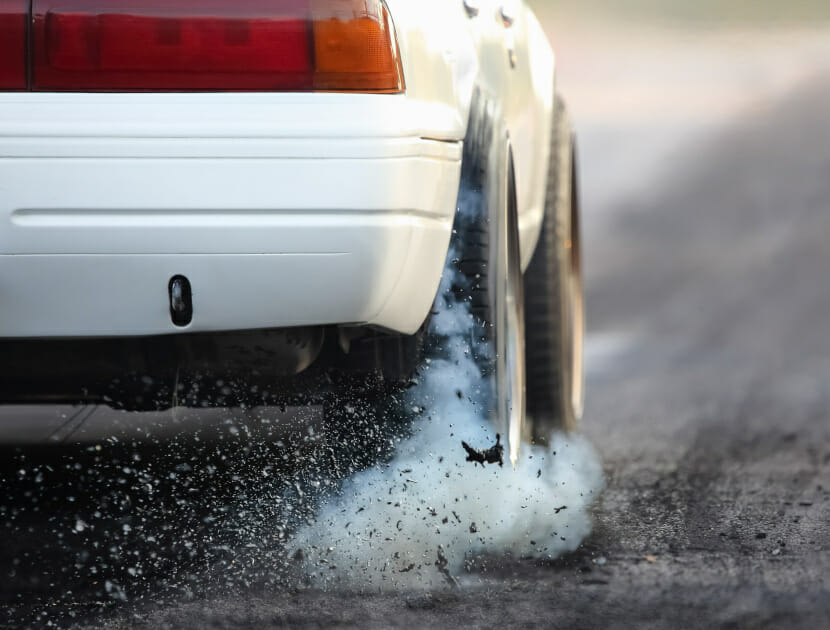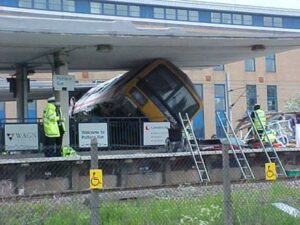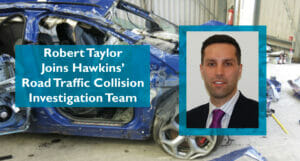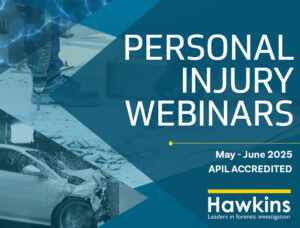Acceleration from rest in road traffic collisions is paramount. The time taken by vehicles to manoeuvre from rest, for example at junctions or traffic lights, is often of fundamental importance in understanding whether different actions of either party might have prevented a collision, or altered its outcome. However, in some cases, little or no physical evidence of a driver’s acceleration from rest exists, and an investigator will turn to published literature for ‘typical’ values to fill in the blanks.
There is a range of literature published that addresses the starting acceleration of cars in everyday traffic. Drivers will normally accelerate at a ‘comfortable rate’ for the preference of the person driving, rather than at the maximum permissible rate at which the vehicle will accelerate. My colleague, Charles Murdoch, has previously carried out a literature review of papers from 1938 to 2010. His keynote is as follows:
“Generally, drivers often accelerate at a higher rate when driving straight ahead than they do when making a turn. Acceleration rates in a city or larger town tend to be slower than those in rural areas. However, in all cases, the rate of acceleration decreases with time as the vehicle approaches the driver’s desired speed. Whilst not all the studies agree, it seems that the results the published literature indicates that a ‘comfortable rate’ of acceleration would be in the region of 1.5 to 2.0 m/s2.”
Room for Improvement?
Much of the published research to date has come from data typically gathered through tests and measurements made at a limited number of junctions from either Germany or the USA (where those researchers were based). The sample size from each investigation has also been limited, certainly in consideration of the abundance of data that is recorded nowadays.
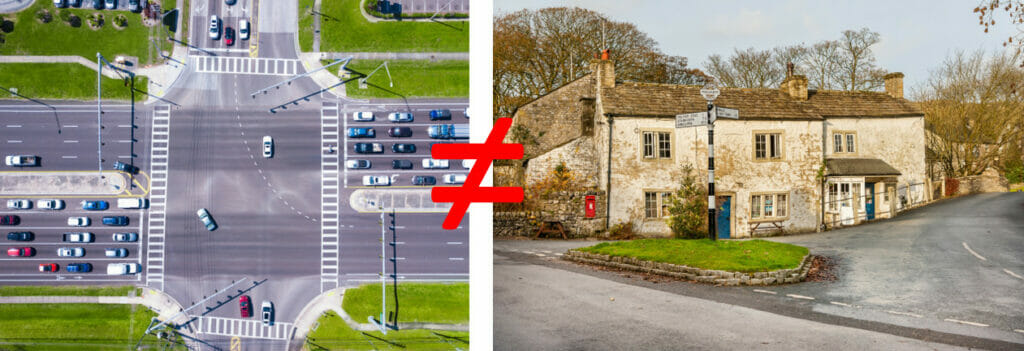
The driving style in the UK may be different from that of other countries, due to consequences of differences in the local regulations, driver demographic and driver training. Data gathered from 2013 and presented in the World Health Organisation global status report from 2015 on road safety, suggests that the UK has fewer total road fatalities per year, per vehicle, and per mile than either Germany or the USA. However, road traffic collisions can also occur in conditions other than those that have been studied to date, for instance when a vehicle is moving away from a standstill whilst in a queue of traffic; this is sometimes the case in collisions involving pedestrians or cyclists in congested cities.
There have also been significant technological developments in vehicle design since the time that the bulk of the research reviewed by my colleague was published. Electric vehicles are more common, and the performance characteristics of these vehicles are distinctly different from those of the vehicles of yesteryear. Similarly, the technological development of traditional combustion engine vehicles may skew data; both ‘modern’ turbocharged diesel engines and dual clutch transmissions promote more effective real-world torque delivery, but neither were commonplace at the time the published literature was developed.

Telematics ‘black boxes’, which allow insurers (and reconstruction experts) to consider an insured party’s ‘driving style’, are now ubiquitous. The metrics that these devices can monitor include: braking and cornering characteristics; the types of roads on which the driver travels; and the times of day and night the driver is active in the vehicle. The presence of a telematics box incentivises the driver to drive safely (e.g. with reduced premiums), thereby potentially skewing both driving style and the speed at which a driver might perform a manoeuvre.
It is often the case that pertinent information is gathered by dash-mounted cameras, on‑board computers, satellite navigation units and event data recorders (see James Wade’s article, Event Data Recorders in Passenger Vehicles), which would make the requirement for published data superfluous, except to provide context in relation to the manner of driving. However, not all vehicles are equipped with these devices, and for those that are, logistics associated with data ownership and protection often prevent access to the information.
Data, Data, Data
To compare existing published statistics with everyday driving in the UK, I data-logged all my car journeys that I took during a 5-month period. Several options exist for logging vehicle speed or acceleration; in the spirit of the ‘Information Age’, I downloaded a free speed monitoring application on my smartphone and worked within the limitations of the data that it could record, as discussed below.
Smartphones are packed with sensors, normally within arm’s reach, and are unobtrusive. The app on my phone facilitated data acquisition under ‘normal’ driving conditions in a range of vehicles – including those of other people.
Using the app (and its inherent limitations), I monitored my speed over 127 journeys comprising around 4,000 miles, captured during 126 hours of driving on UK roads between August and December. For the bulk of the journeys completed, I was driving a 2001 Toyota Celica in mixed urban and rural settings. I also logged some journeys where I drove other vehicles, ranging from a 1983 Series III Land Rover through to a ‘new’ BMW 520D, the latter being equipped with automatic transmission. Much of the time, and especially when commuting, the speed at which I progressed was controlled by vehicles in front of me, and in this regard the driving style of those drivers was also captured in the data to some extent. Analysis of individual driving styles is beyond the scope of this article, but nonetheless such analysis would be possible. I also logged the journeys completed by colleagues, friends and a couple of airport runs in some taxi Teslas.
Analysis & Findings
The technical details are beyond the scope of this article, but the unvarnished processed data is as follows:
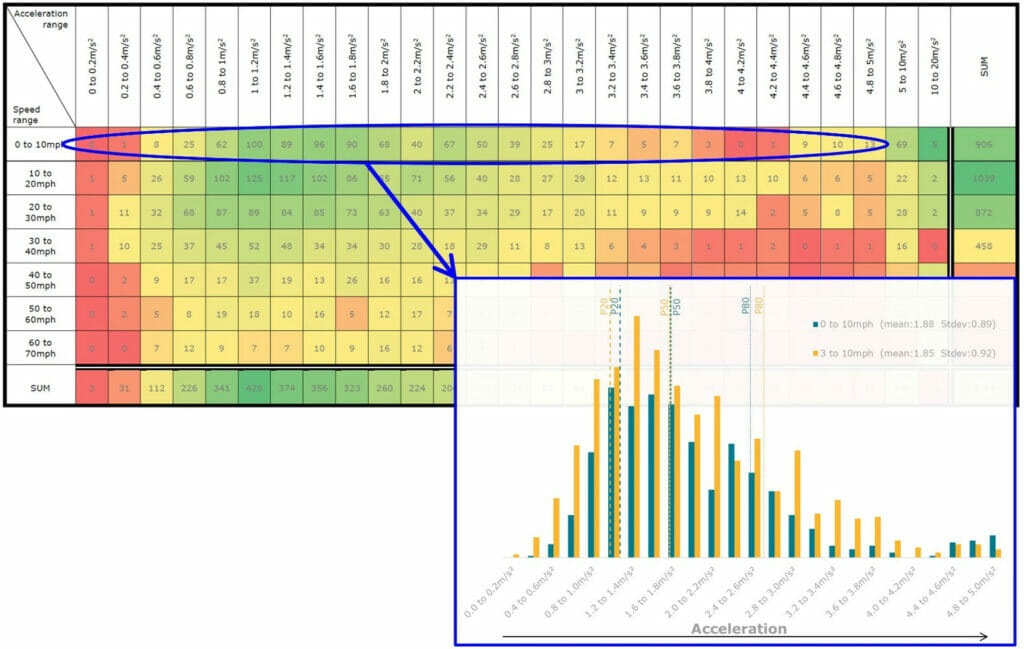
The green cells in the table are those with the highest count and the red are those with the lowest count.
The standard deviation in the acceleration data is large, and a detailed statistical review of the data would be to credit it with more veracity than it deserves. However, a total of 906 events of uninterrupted acceleration between 0 to 10 mph were recorded (an average of broadly one every 4 miles).The mean and median of the data both lie within the range expected of a “comfortable rate” of acceleration as suggested by literature, in the region of 1.5 to 2.0 m/s2.
Other observations are suggestive, if not absolute.
Moving Forward?
It is perhaps surprising, when moving into a generation of autonomous vehicles, that publicly available data on ‘typical’ driving styles is potentially antiquated.
Gathering data by using a free smartphone app inevitably leaves vast scope for improvement in the quality of data acquired. Telematics ‘black boxes’ have the potential to capture a vast amount of information. The information they capture may provide the building blocks for establishing ‘safe’ driving styles. However, when a vehicle is autonomous, what is ‘safe’ acceleration from rest, who defines what is ‘safe’, and where is the peer-reviewed body of research to substantiate it? These matters will inevitably come under scrutiny in the future.
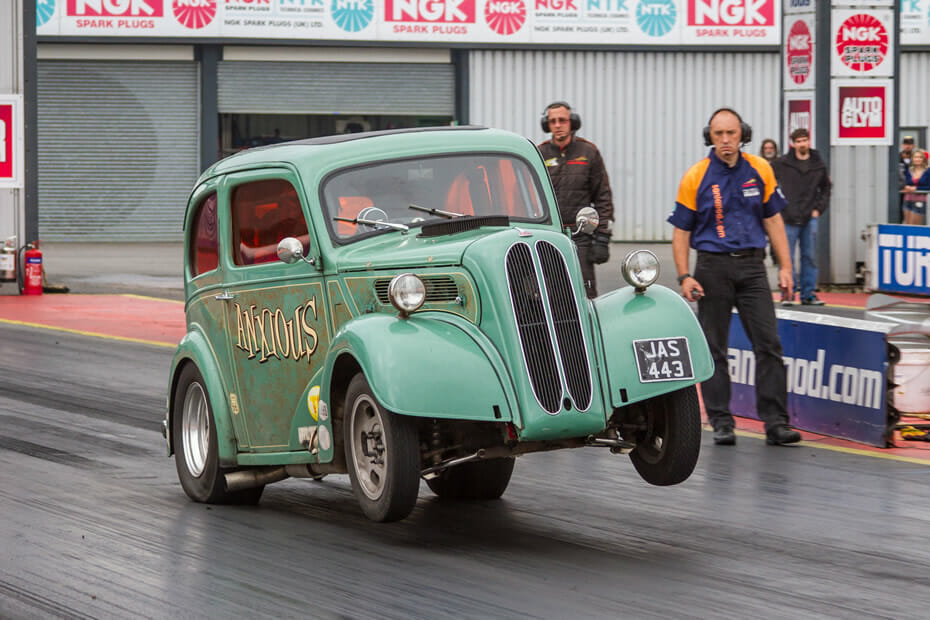
It is not clear whether currently accepted published literature relating to comfortable rates of acceleration from rest will become outdated as vehicle technology moves ahead. There will not, however, be a shortage of information on which to base new research moving forward. Welcome, Collision Investigation, to the next chapter in the information age.
About the Author
Richard specialises in the forensic investigation of road traffic accidents/collisions, vehicle and mechanical failures, and image analysis typically of video recordings from CCTV systems and ‘dash-cams’.
Richard has extensive experience in engineering design and analysis. As well as taking on more traditional mechanical engineering cases, such as those involving failures of mechanical joints and fasteners, Richard uses his experience in engineering data analysis and interrogation in cases involving video analysis. Richard applies scientific analysis methods to video recordings to facilitate interpretation of events in the context of space (position), time, speed, and the fundamental scientific and engineering principles that bound the problem.
